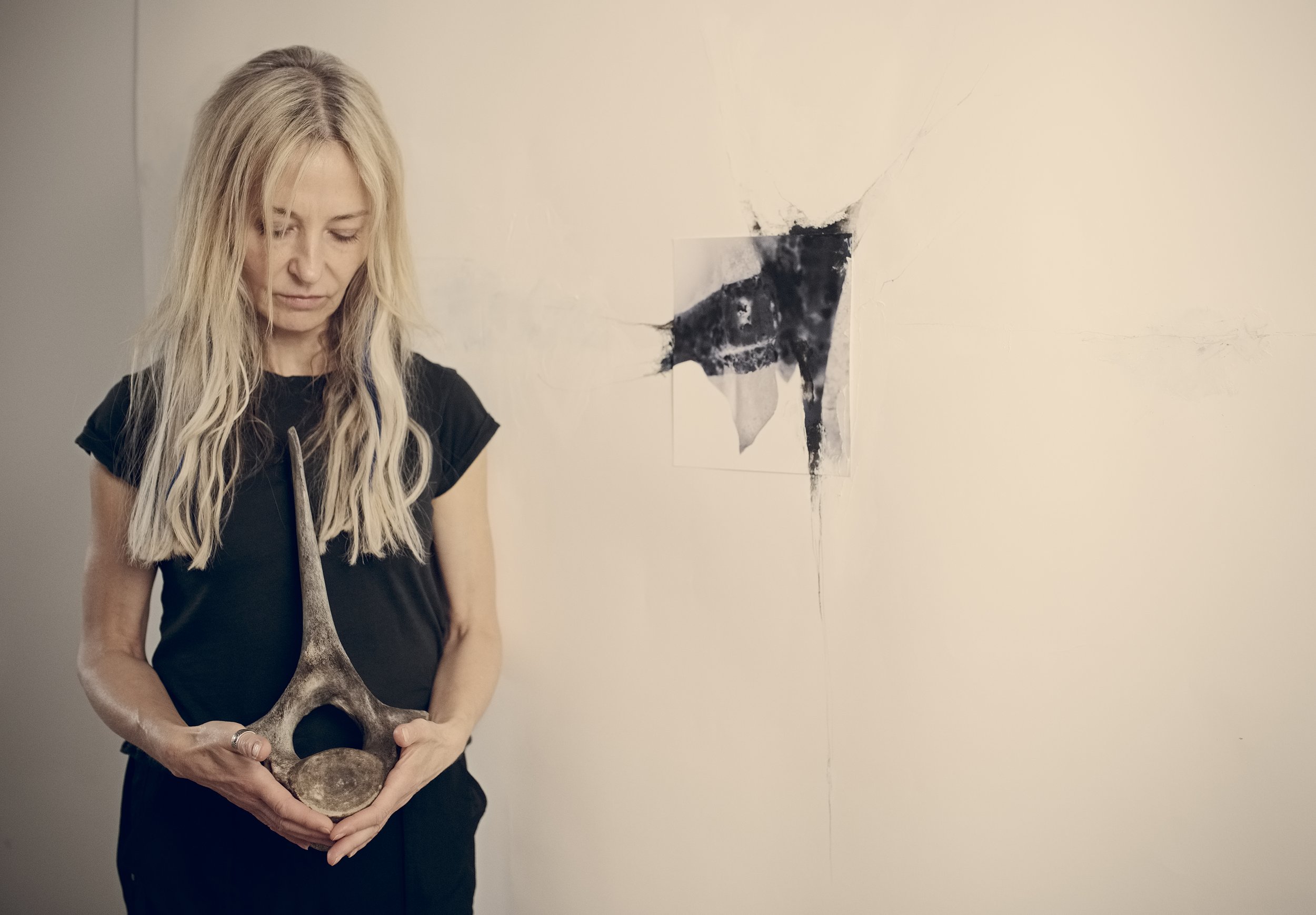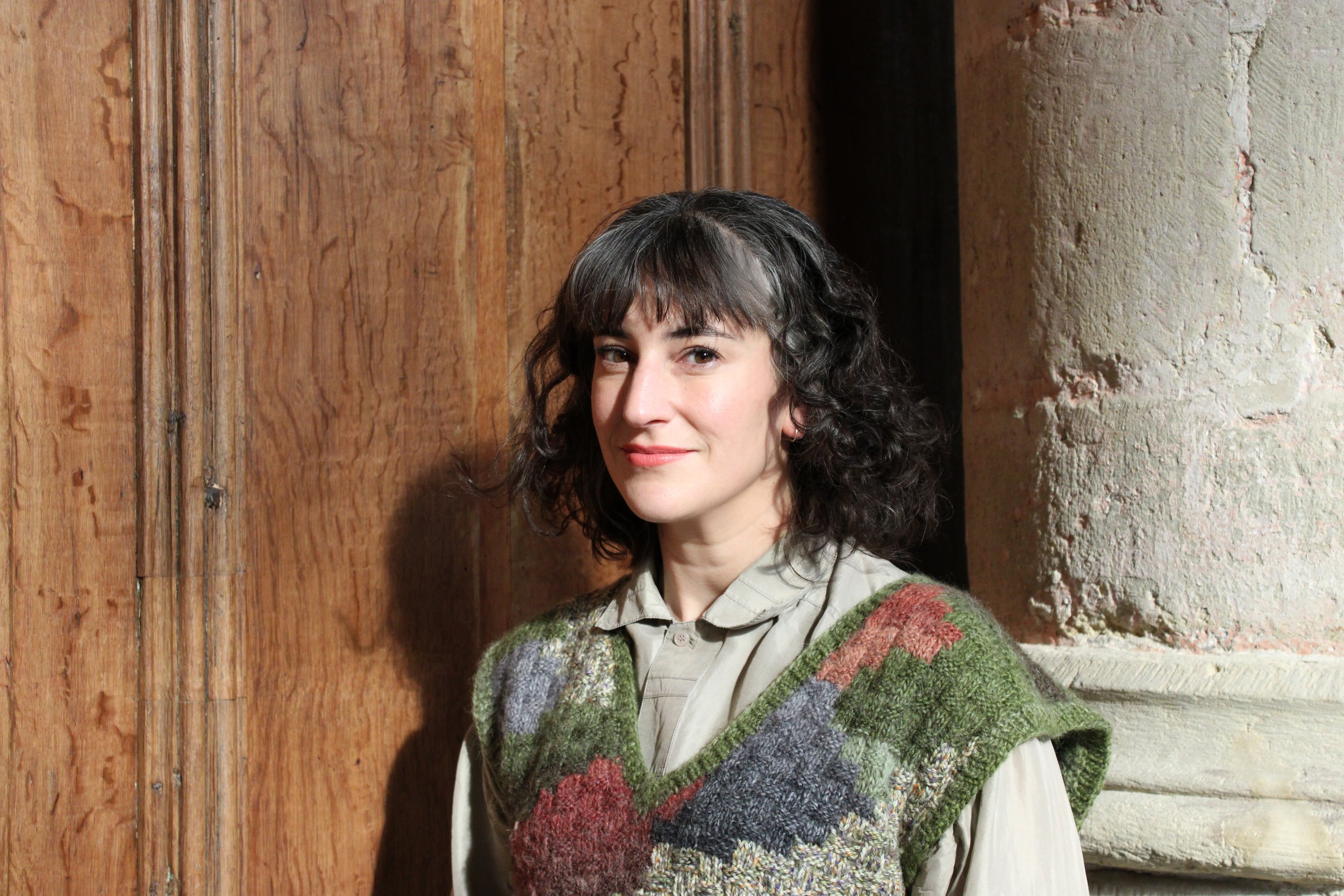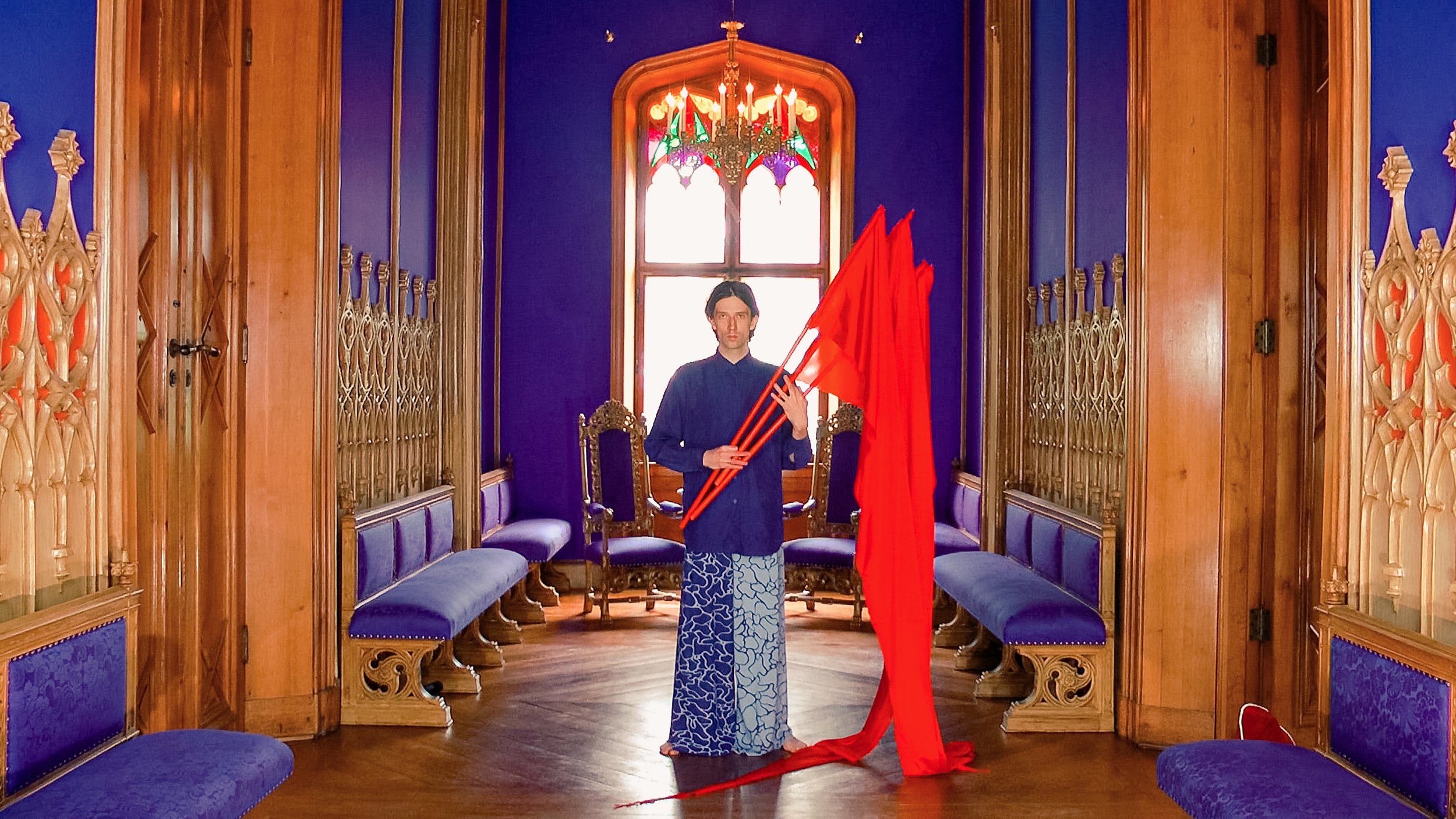Announcing the Office for Contemporary Art Norway (OCA) 2024 nominated Residents
Artica and our key partner Office for Contemporary Art Norway (OCA) are very pleased to announce the OCA nominated residents for 2024: Kamil Kak, Mhairi Killin, Natassja Simensky
Kamil Kak, is an artist based in Oslo and Berlin, navigating the intersections of queer liberation, immigrants' experiences, and the fragility of recent historical narratives. The multidimensional approach in their process captures diverse statements and preserves untold stories. Their work urges audiences and participators to engage with and reflect on pressing social issues. Kak's artistic practice intersects with activism, uses exaggeration and bittersweet humor as a strategy for social transformation, and probes utopian visions of the world. Recent exhibitions and performances include KUBE in Ålesund, RAM galleri in Oslo, Centre of Polish Sculpture in Oronsko, Lystslottet Oscarshall at Bygdøy, Gdańsk Biennial of Art, Wergenlandshaugen in Eidsvoll, Survival Art Review in Wrocław, QSPA Gallery in Oslo, Haugar kunstmuseum in Tønsberg, Trafo Kunsthall in Asker, and Klubb Ergi. During the residency, Kak will attempt to step beyond geopolitical narratives and research the complexity of Svalbard, shedding light on issues of identity, cultural preservation, and community rights.
Mhairi Killin, is a visual artist who lives on the Isle of Iona in the Inner Hebrides of Scotland where she works with the precious relationships between land, sea, humans, and other living beings. A Royal Scottish Academician, her practice seeks to counter the notion of islands as peripheral, romantic and marginal - rather it strives to reveal islands as progressive centres from which we can experience a unique yet relevant perspective on the forces shaping our futures. Working across the mediums of drawing, print, sculpture and film, Killin’s work explores how belief structures - religious, mythopoeic, and socio-political - have shaped the physical and metaphysical spaces we journey through. Her recent collaborative work On Sonorous Seas, told with the voices of science, art, music and poetry, interrogates the power of and reliance on sound as a survival tool for whales and the military, and the complex relationship between the militarisation of Scotland’s seas and their existing ecosystems. Killin has exhibited widely in the UK and abroad. She has been artist in residence at the Leighton Colony, Banff Centre for the Arts, Canada, and in 2021 was an invited artist on the international project, In Search of the Pluriverse, a Travelling Academy project for Het Nieuwe Instituut, Rotterdam.
Natassja Simensky, is an artist based in London. She uses fieldwork to explore and understand how complex issues around history and heritage, power and governance, ecology and the geopolitics of extraction are crystallised in specific geographies. Nastassja often works collaboratively with artists and non-artists, including archaeologists, powerplant workers, musicians, and ham radio enthusiasts, to make authored and co-authored artworks. Previously, these have included: place-specific performances on boats, in quarries, and inside a 7th century chapel; amateur radio broadcasts to transmit and publish text and image; sound work for radio and installation; films; and poetic texts.Nastassja coordinates the Archaeology-Heritage-Art Research Network. By engaging with the politics, methods, and processes of archaeology Nastassja reflects on the discipline of archaeology itself, as one of a range of modes of knowledge production that can inform embedded place-specific, experimental, and collaborative art practices. "From a distance, Svalbard appears a little like a constellation; a scattered collection of rocky outcrops and glaciers rising high out of the Arctic Ocean, surrounded by an expanse of grey sea. Homing in reveals a complex assemblage of feral relations and effects; a place that not only shapes, but is itself shaped by Earth monitoring technologies, molecular toxicity, industrialisation, energy production, and novel practices of material and economic speculation. Meanwhile, the archipelago is simultaneously a site for emergent dialogues within critical heritage, which offer a vital challenge to the existing value systems for ‘conserving’ both nature and culture in the face of inevitable change. During my time with ARTICA, I will use an embedded approach to reflect upon these complexities. Using writing, sound, radio transmission and moving image to shape narratives that traverse scales and temporalities - from the human to the oceanic, and from molecular to the planetary, I hope to reflect critically on the distributed and feral effects and conditions of Svalbard."
We look forward to welcoming them to Longyearbyen and sharing news of their stay throughout the year via Artica’s social media: Facebook, Twitter, instagram and the monthly newsletter.



